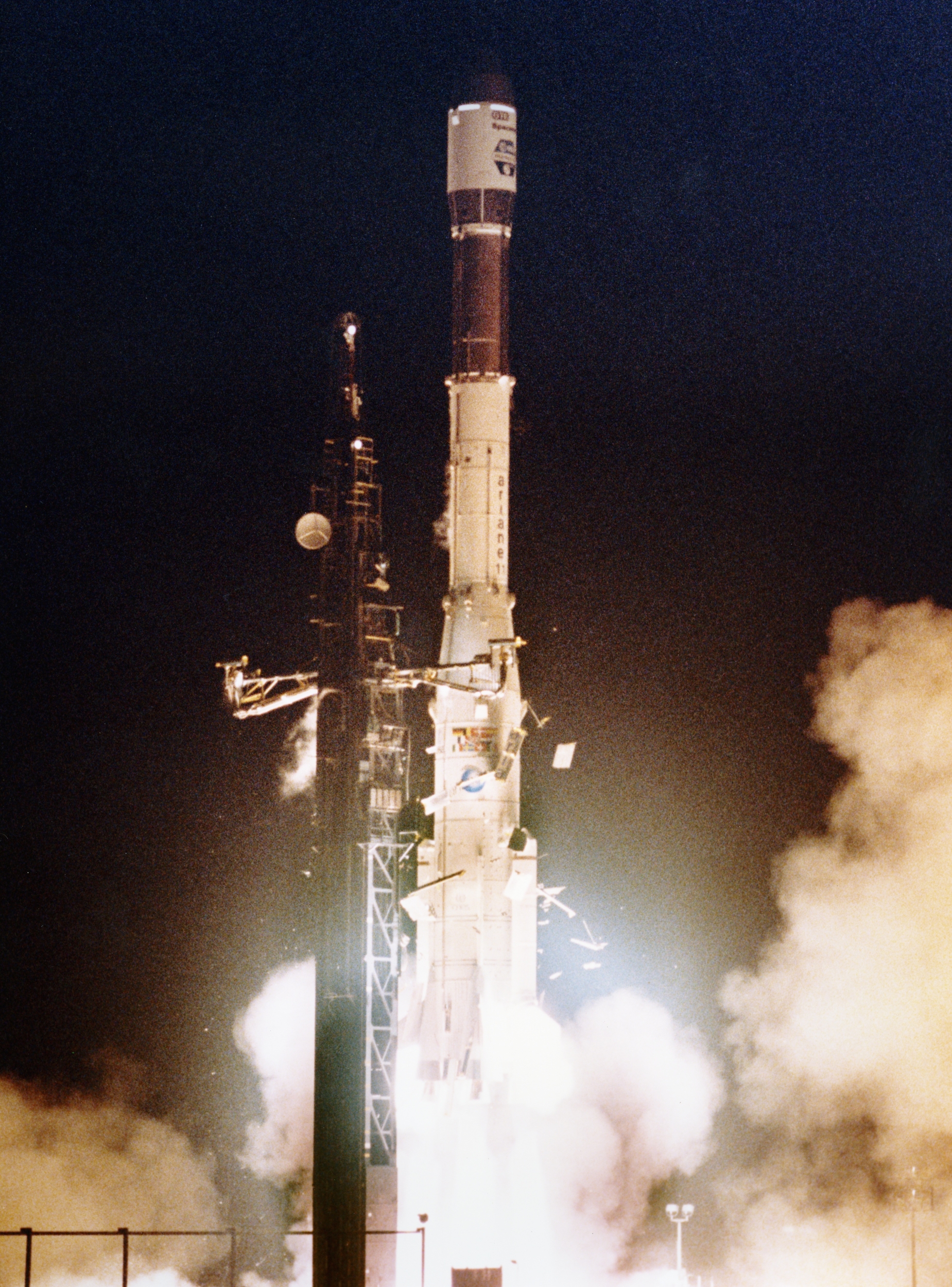

At its inception, a potpourri of inconvenient, bulky, uncooperative systems caused technical difficulties.

Telemedicine was first applied in disasters during the mid-1980s. Historical Perspective and Lessons Learned Improved space- and ground-based technologies now form a communications infrastructure well suited to addressing ongoing disaster management needs. Transmission modalities include direct hard-wired connections over standard phone lines and specialized data lines (single/twisted pairs of metallic wires, coaxial lines, fiberoptic cable) and “wireless” communications using infrared, radio, television, microwave, and satellite-based linkages. Telemedicine encompasses the diagnosis, treatment, monitoring, and education of patients and provides convenient, site-independent access to expert advice and patient information. Telemedicine systems aim to provide quality health care services to persons whose access is otherwise restricted by geography or environment. This manuscript reviews the history of telemedicine activities during actual disasters and related situations, provides insight into issues that must be addressed, and summarizes innovations that are likely to improve future disaster outcomes.

During the last decade, the military, space programs, and various governmental agencies have progressively developed telemedicine applications and tested them in real and simulated civilian disaster emergencies. However, use of telemedicine (providing clinical services remotely through telecommunication-based digital information exchange) has been reported relatively infrequently. Emergency responses to disasters routinely employ information and telecommunication technologies.


 0 kommentar(er)
0 kommentar(er)
